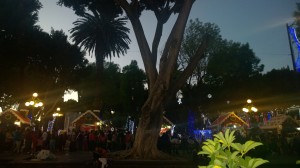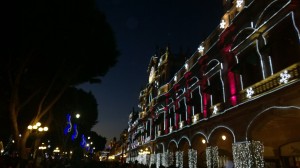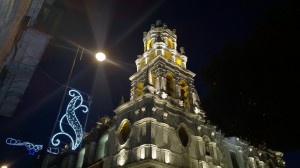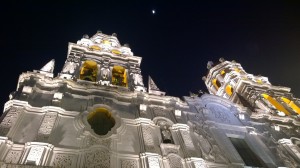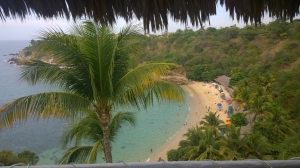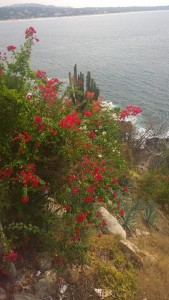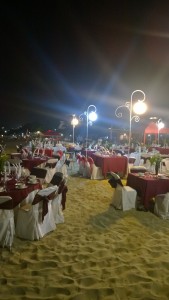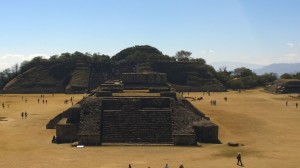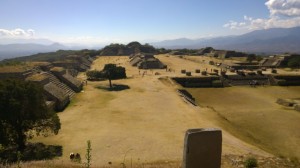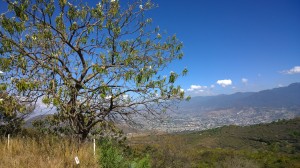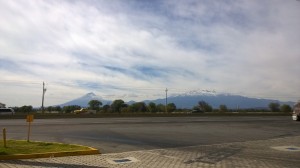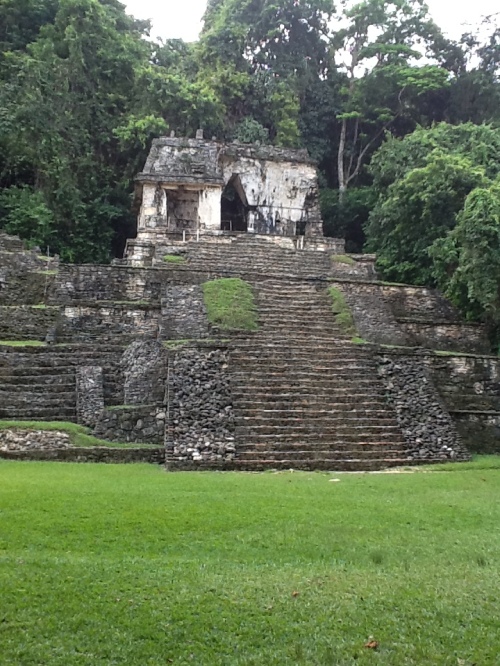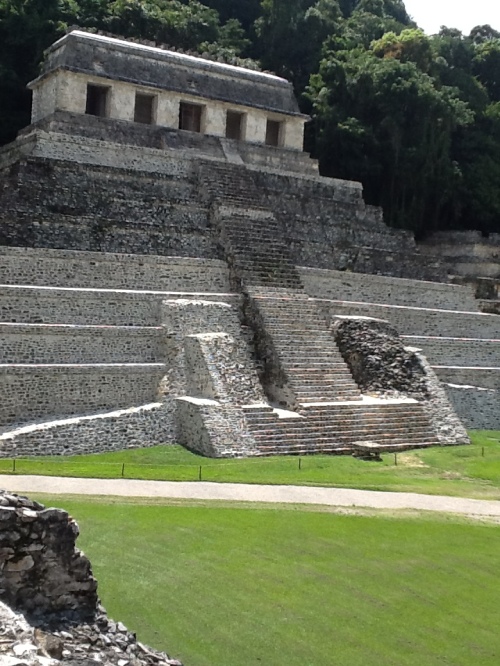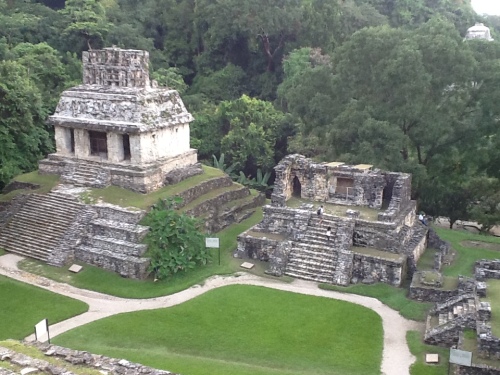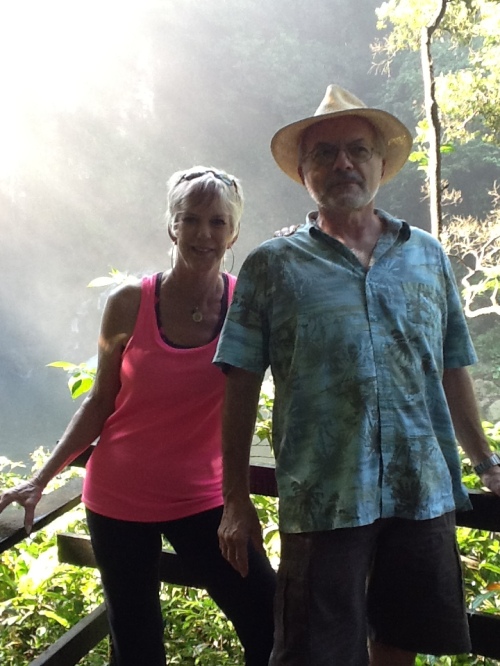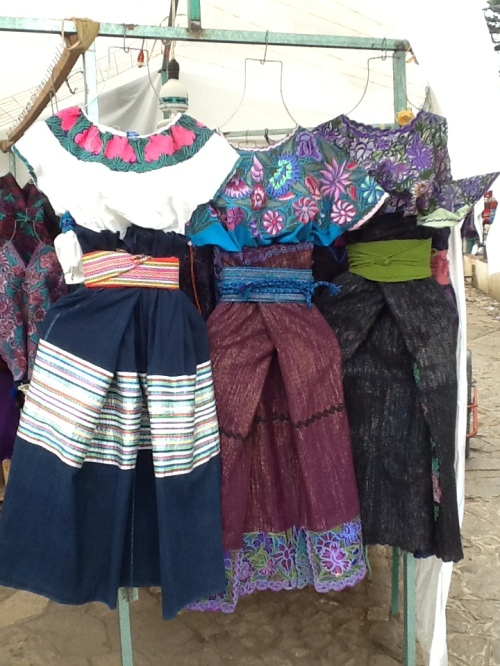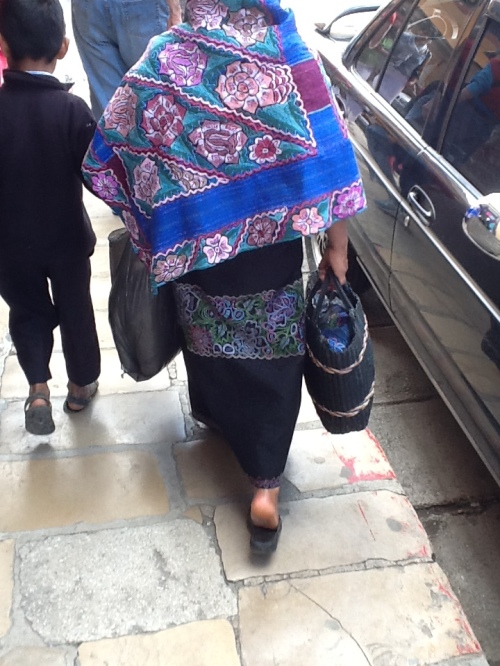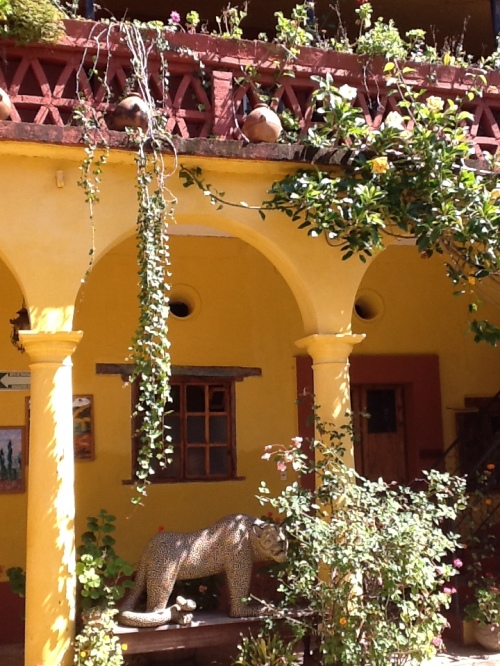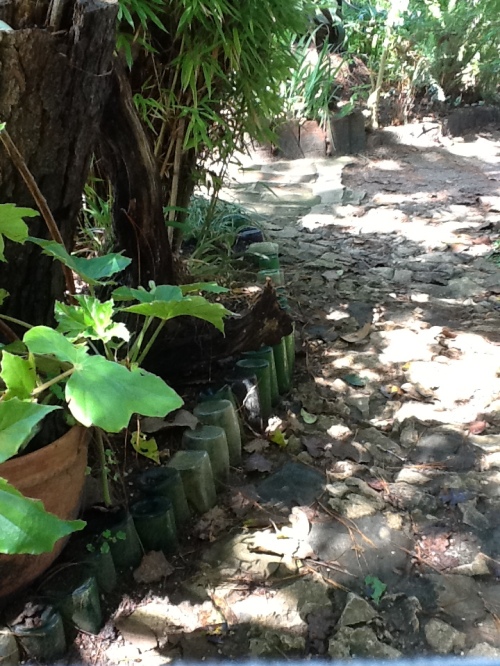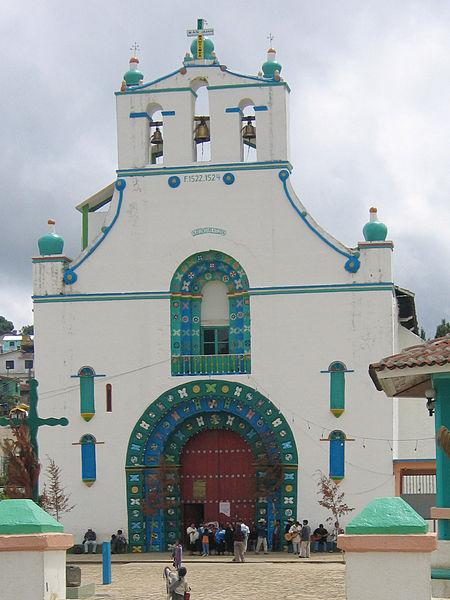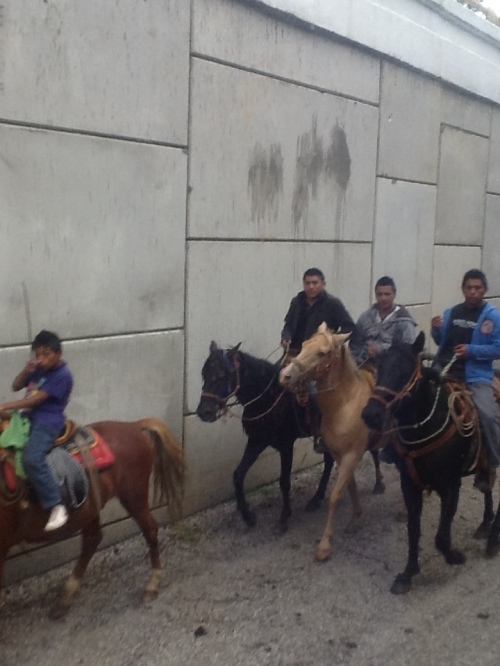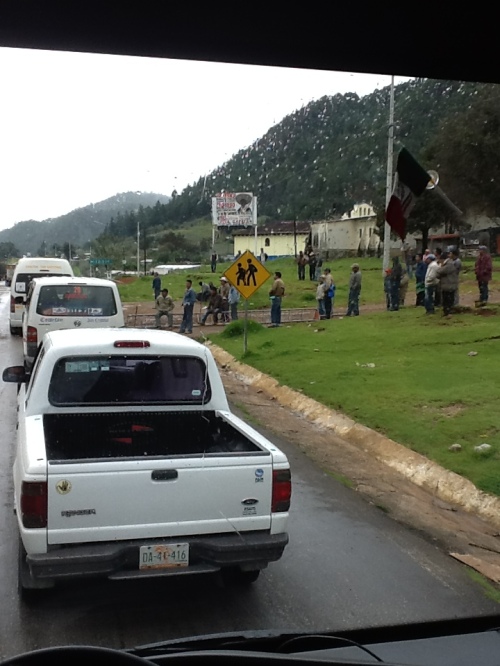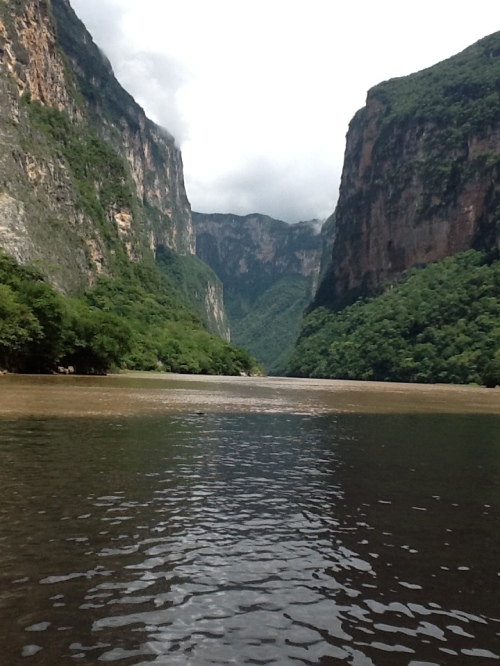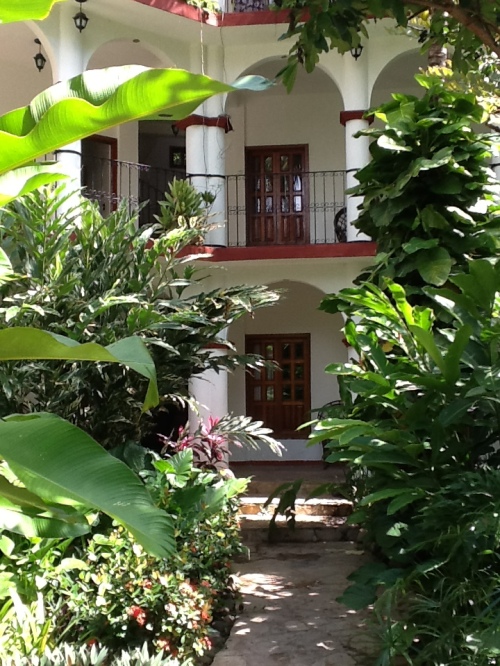url=”https://api.soundcloud.com/playlists/56815171″ params=”auto_play=true&/]
Some experiences are so laughable that they should be shared with others. Our transition from 2014 into 2015 was one of those. Many friends and acquaintances had done successful house trades and we thought we would give it a try. Looking for an exotic location to bring in the new year, we settled on a place in Puerto Escondido.
Friends of ours were also enthusiastic about a New Years venture so we all packed up our bathing suits, leaving the cold weather clothing in San Miguel and headed for the beach. Knowing that much of the drive was on winding mountainous roads, we elected to stop and check out Puebla the first afternoon. Our hotel was only a couple of blocks from the center zocolo, famed for it’s many restaurants and street entertainers.
Down the meridian in front of our hotel we encountered literally hundreds of people all holding puppies. Puebla is known for it’s puppy mills, and every Sunday, the vendors had their puppies on display for sale. Chihuahuas, great Danes, poodles, Shar peis, pit bulls, collies, King Charles spaniels, huskies, labs, you name it, they had them. My friend almost took home a Saint Bernard baby….too bad she wanted a female and the little guy just couldn’t convince her otherwise!
Off to the famous zocolo for dinner. Being less than a week since Christmas, the gardens were still gaily decorated with gingerbread houses, twinkling lights in trees, and every street leading off the garden(jardin) was decorated differently. It truly earns its name as a magical puebla, and we look forward to returning to explore this city soon.
Early the next morning our real adventure began. Electing to take the shortest route versus the fastest, a couple of hours outside of Puebla, we turned off onto highway 125. Now, regardless of short OR fast route, there are countless hairpin turns going through the Sierra Madre del Sur Mountain range. Add to these nasty curves, a village every 3 kilometers, each with a set of topes (speed bumps designed to take out your oil pan or your fillings; whichever drops out first is a fun car game to play), and of course the obligatory animals roaming along the road. The Garmin gps was so confused it had us literally driving out over cliffs, out into empty space and backward. We went through tiny, small and near medium sized colorful villages, which we all agreed we had no need to see again! Over and over we would speed up, only to frequently slam on the brakes as we drove through these small villages:
- San Pedro Topiltepec (trivia: the suffix tepec means “hilly”)
- Santo Domingo Yanhuitlan
- San Juan Teposcolula
- San Pedro and San Pablo Teposcolula
- Santiago Yolomecatl
- San Pedro Martir Yucaxaco
- San Martin Huamelulpan
- Heroica Ciudad de Tlaxiaco
- Putla Villa de Guerrero
- Mesones Hidalgo
- Santa Maria Zacatepec
- San Pedro Amuzgos
- San Juan Cacahuatepec
- San Sebastian Ixcapa
- La Chuparrosa
- San Andres Huaxpaltepec
- Santa Maria Huazolotitlan
- Santiago Jamiltepec
- Piedra Ancha (wide rock)
- Rio Grande
- Cacalotepec
- Hidalgo
It took us almost 15 hours of these grueling roads before we got to our “paradise”. Entering the house, it became quickly apparent that there were no screens on windows to fend off the mosquitos….in fact there was no glass in them either. The dining/living area was outside in the open. This couple clearly ate out…..Oh well, live, experience and learn.
The beaches are lined with restaurants, and as school was on hiatus, pup tents and young adults were abundant. After a little exploring, while checking out several beachside fresh seafood eateries, we found a delightful place with killer Bloody Marys.
Reservations were made on the beach for New Years eve dinner. While finishing dinner, we saw dozens of lights sailing up across the water. Walking over closer, I discovered several people setting off Roman candles. It made an amazing sight!
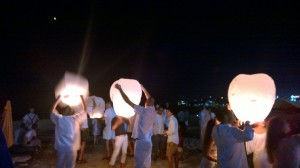
Roman candles being set off at the pace of about 10 every 30 seconds. Spectacular and eerie out over the water!
Spending New Years day on the beach in a cabaña and having Piña coladas brought out was a perfect end to our stay in Puerto Escondido. Determined to take the quick route home and check out Oaxaca, we testily endured another 8 hours of hairpin curves. After checking into our hotel, we headed to the zocolo. Nearly every major city in Mexico is protesting the president and the government’s handling of the 43 students missing. Consequently, the zocolo was full of protesters, signs, and police. What a disappointment. Choosing only to have a late lunch and people watch, we made plans for the next morning to go to the pyramids at Monte Alban and then head for home.
Popocatapetl, near Mexico City, has been active for some time. We got a good view of the two snow-clad mountains with a ribbon of smoke drifting across the horizon on one, and a cloud of steam over the other.
Check√ these places off our list of places to see!

